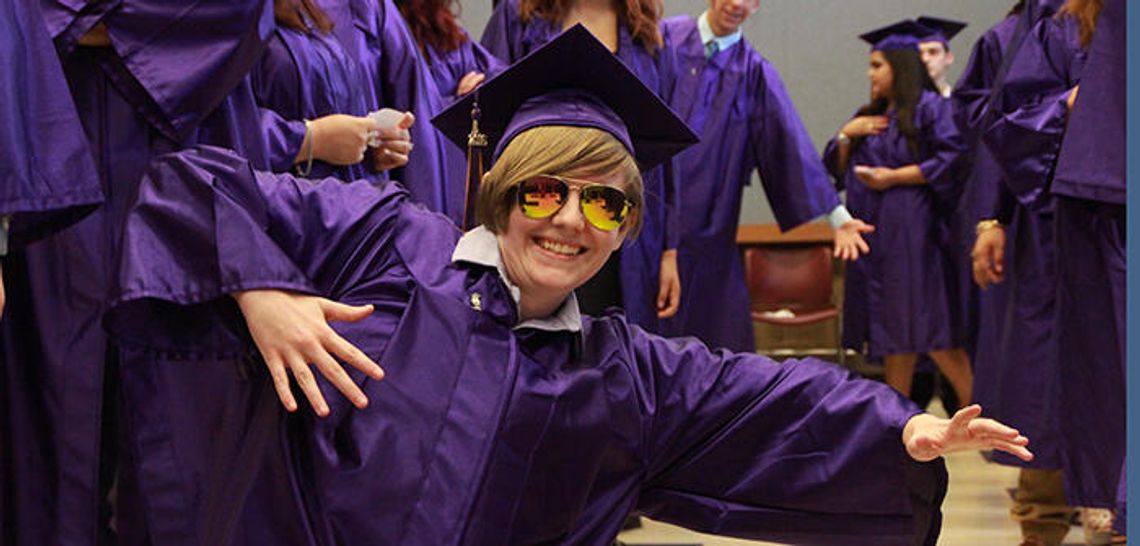Even as enrollment continues to rise, area high schools have managed to keep graduation rates stable by accommodating growth and investing in special programs to keep at-risk students in class until they earn their diploma.
Senior class sizes at Dripping Springs High School have nearly doubled since 2009, but the graduation rate for the district remains high, with nearly 100 percent of seniors walking the stage during commencement ceremony every year.
PLEASE LOG IN FOR PREMIUM CONTENT. Our website requires visitors to log in to view the best local news.
Not yet a subscriber? Subscribe today!










